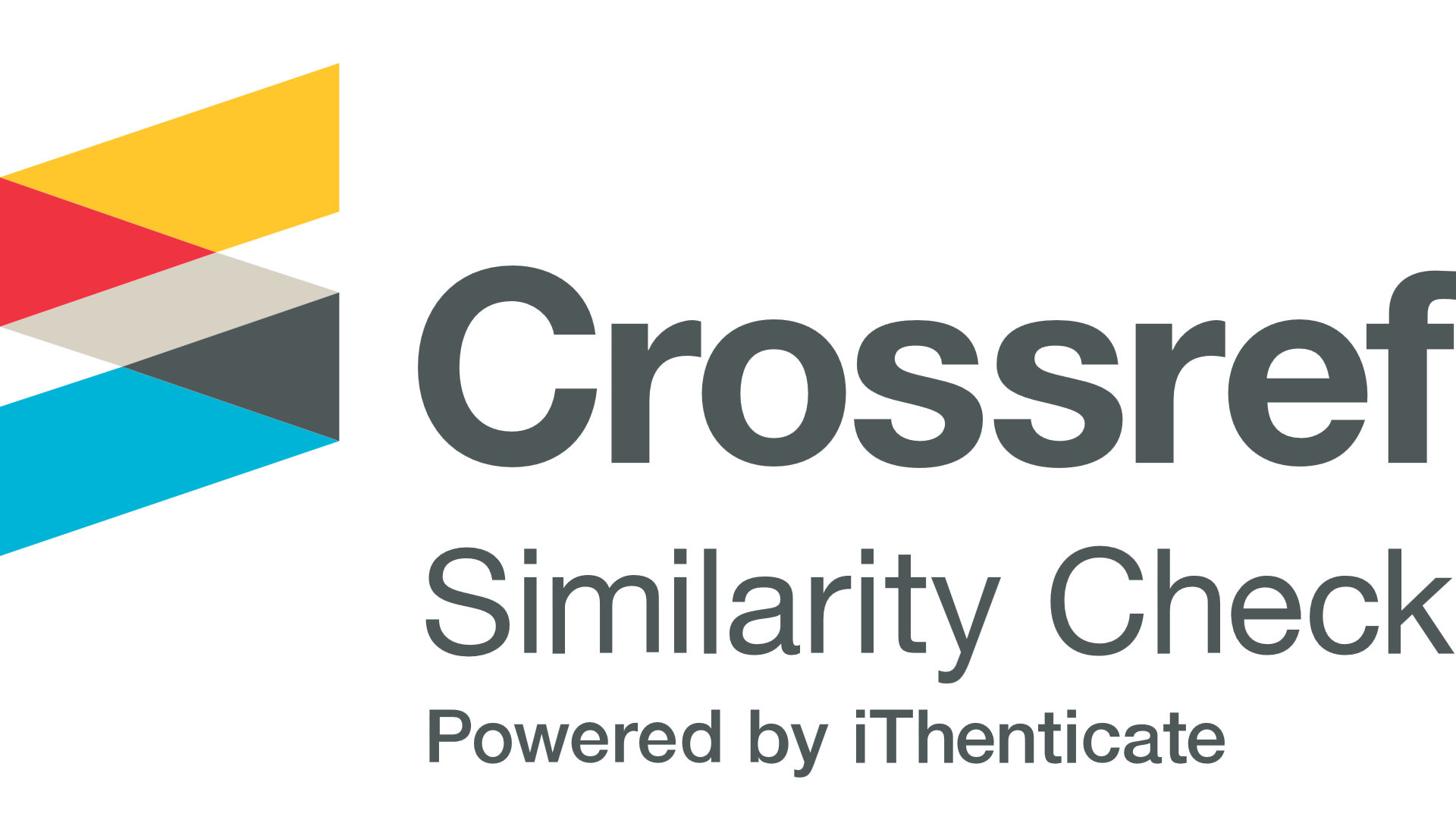اختيار انموذج دالة الوسط في نماذج كريكنك
Model Selection for the Mean Function of Kriging Models
الملخص
تُستخدم نماذج كريكنك في العديد من التخصصات العلمية لدراسة سلوك الأنظمة الفيزيائية المكلفة من الناحية العملية. في انموذج كريكنك(KM) ، يفترض ان متغير الاستجابة لدالة المحاكاة الحاسوبية (CSC) له عملية كاوسية (GP) . من اجل اكتشاف المتغيرات التي تؤثر على متغير الاستجابة، يُعد اختيار مجموعة من المتغيرات أو إنشاء نموذج انحدار مُخفَّض عملية بالغة الأهمية. حيث انه يمكن لاختيار بعض المتغيرات أن يمنع الإفراط في الملاءمة أو عدم الملاءمة في التنبؤات لبيانات المحاكاة الحاسوبية. يوجد دراسات قليلة جدا حول اختيار المتغيرات في نماذج كريكنك كانموذج بديل عن دالة المحاكاة الحاسوبية. في هذا العمل، تم إجراء اختيار للمتغيرات وفقا لطريقة الاختيار الامامي والاختيار العكسي لبناء انموذج جيد بين KM. تم مقارنة نتائج اختيار النموذج المقترح من حيث دقة التنبؤ مع نماذج أخرى تستند إلى أشكال مختلفة من دالة المتوسط. تمت المقارنة بين KM من خلال بعض المقاييس التي تختبر أداء KMs. حسب النتائج التي تم الحصول عليها، اداء طريقة الاختيار الامامي والعكسي بالاعتماد على معيارAIC كان الافضل. تم تطبيق نماذج كريكنك التي تم بنائها بالاعتماد على طريقة اختيار المتغيرات على العديد من دوال المحاكاة الحاسوبية.
المراجع
- J. Sacks, W. J. Welch, T. J. Mitchell, and H. P. Wynn, “Design and analysis of computer experiments,” Statistical science, vol. 4, no. 4, pp. 409–423, 1989.https://doi.org/10.1214/ss/1177012413.
- R. Li and A. Sudjianto, “Analysis of computer experiments using penalized likelihood in Gaussian Kriging models,” Technometrics, vol. 47, no. 2, pp. 111–120, 2005. https://doi.org/10.1198/004017004000000671.
- J. H. Lee and K. Gard, “Vehicle–soil interaction: testing, modeling, calibration and validation,” Journal of Terramechanics, vol. 52, pp. 9–21, 2014. https://doi.org/10.1016/j.jterra.2013.12.001.
- J. Pulido Fentanes, A. Badiee, T. Duckett, J. Evans, S. Pearson, and G. Cielniak, “Kriging-based robotic exploration for soil moisture mapping using a cosmic-ray sensor,” Journal of field robotics, vol. 37, no. 1, pp. 122–136, 2020. https://doi.org/10.1002/rob.21914.
- Y. H. Al-Taweel and N. Sadeek, “A comparison of different methods for building Bayesian kriging models,” Pakistan Journal of Statistics and Operation Research, vol. 16, no. 1, pp. 73–82, 2020. https://doi.org/10.18187/pjsor.v16i1.2921.
- R. W. Al-Naser and Y. Al-Taweel, “Using Kriging models for approximating computer models and quantifying their uncertainty,” in AIP Conference Proceedings, AIP Publishing, vol. 2845, no. 1, pp. 060019-1–060019-10, 2023. https://doi.org/10.1063/5.0157828.
- J. Johnson, J. Gosling, and M. Kennedy, “Gaussian process emulation for second-order Monte Carlo simulations,” Journal of Statistical Planning and Inference, vol. 141, no. 5, pp. 1838–1848, 2011. https://doi.org/10.1016/j.jspi.2010.11.034.
- J. P. Kleijnen and E. Mehdad, “Multivariate versus univariate Kriging metamodels for multi-response simulation models,” European Journal of Operational Research, vol. 236, no. 2, pp. 573–582, 2014. https://doi.org/10.1016/j.ejor.2014.02.001.
- Y. Al-Taweel, “Uncertainty quantification of multivariate Gaussian process regression for approximating multivariate computer codes,” TWMS Journal of Applied and Engineering Mathematics, vol. 14, no. 3, pp. 1058–1067, 2024. https://jaem.isikun.edu.tr/web/index.php/archive/125-vol14no3/1237.
- C. Linkletter, D. Bingham, N. Hengartner, D. Higdon, and K. Q. Ye, “Variable selection for Gaussian process models in computer experiments,” Technometrics, vol. 48, no. 4, pp. 478–490, 2006. https://doi.org/10.1198/004017006000000228.
- S. Y. Jung and C. Park, “Variable selection with nonconcave penalty function on reduced-rank regression,” Communications for Statistical Applications and Methods, vol. 22, no. 1, pp. 41–54, 2015. https://doi.org/10.5351/CSAM.2015.22.1.041
- A. Marrel, B. Iooss, F. Van Dorpe, and E. Volkova, “An efficient methodology for modeling complex computer codes with Gaussian processes,” Computational Statistics & Data Analysis, vol. 52, no. 10, pp. 4731–4744, 2008. https://doi.org/10.1016/j.csda.2008.03.026.
- J. Xu, Z. Han, W. Song, and K. Li, “Efficient aerodynamic optimization of propeller using hierarchical kriging models,” in Journal of Physics: Conference Series, IOP Publishing, vol. 1519, no. 1, pp. 1–7, 2020. https://doi.org/10.1088/1742-6596/1519/1/012019.
- T. J. Santner, B. J. Williams, and W. I. Notz, The design and analysis of computer experiments, vol. 1. Springer, 2003. https://doi.org/10.1007/978-1-4939-8847-1.
- A. Mojiri, Y. Waghei, H. N. Sani, and G. M. Borzadaran, “Comparison of predictions by kriging and spatial autoregressive models,” Communications in Statistics-Simulation and Computation, vol. 47, no. 6, pp. 1785–1795, 2018. https://doi.org/10.1080/03610918.2017.1324980
- C. Fan, S. Zhang, and X. Li, “The quasi-fiducial model selection for Kriging model,” Statistical Theory and Related Fields, vol. 9, no. 3, pp. 1–12, 2025. https://doi.org/10.1080/24754269.2025.2537484.
- T. Hastie, R. Tibshirani, and J. Friedman, “An introduction to statistical learning,” 2009. https://www.statlearning.com/.
- J. Toivonen, L. Korhonen, M. Kukkonen, E. Kotivuori, M. Maltamo, and P. Packalen, “Transferability of ALS-based forest attribute models when predicting with drone-based image point cloud data,” International Journal of Applied Earth Observation and Geoinformation, vol. 103, p. 102484, 2021. https://doi.org/10.1016/j.jag.2021.102484.
- A. M. Overstall and D. C. Woods, “Multivariate emulation of computer simulators: model selection and diagnostics with application to a humanitarian relief model,” Journal of the Royal Statistical Society: Series C (Applied Statistics), vol. 65, no. 4, pp. 483–505, 2016. https://doi.org/10.1111/rssc.12141.
- L. C. W. Dixon, “The global optimization problem: an introduction,” Towards Global Optimiation 2, pp. 1–15, 1978. https://cir.nii.ac.jp/crid/1573105974275467776.
- K.-T. Fang, R. Li, and A. Sudjianto, Design and modeling for computer experiments. CRC Press, 2010. https://doi.org/10.1201/9781420034899.
- H. Dette and A. Pepelyshev, “Generalized Latin hypercube design for computer experiments,” Technometrics, vol. 52, no. 4, pp. 421–429, 2010. https://doi.org/10.1198/TECH.2010.09157.
- R. Kenett and S. Zacks, Modern Industrial Statistics: Design and Control of Quality and Reliability. Duxbury Press, 1998. https://books.google.co.uk/books?id=0zcfAQAAIAAJ.
تنزيل هذا الملف
الإحصائيات
التنزيلات
كيفية الاقتباس
##submission.copyrightAndLicensing##

هذا العمل مرخص بموجب Creative Commons Attribution 4.0 International License.





